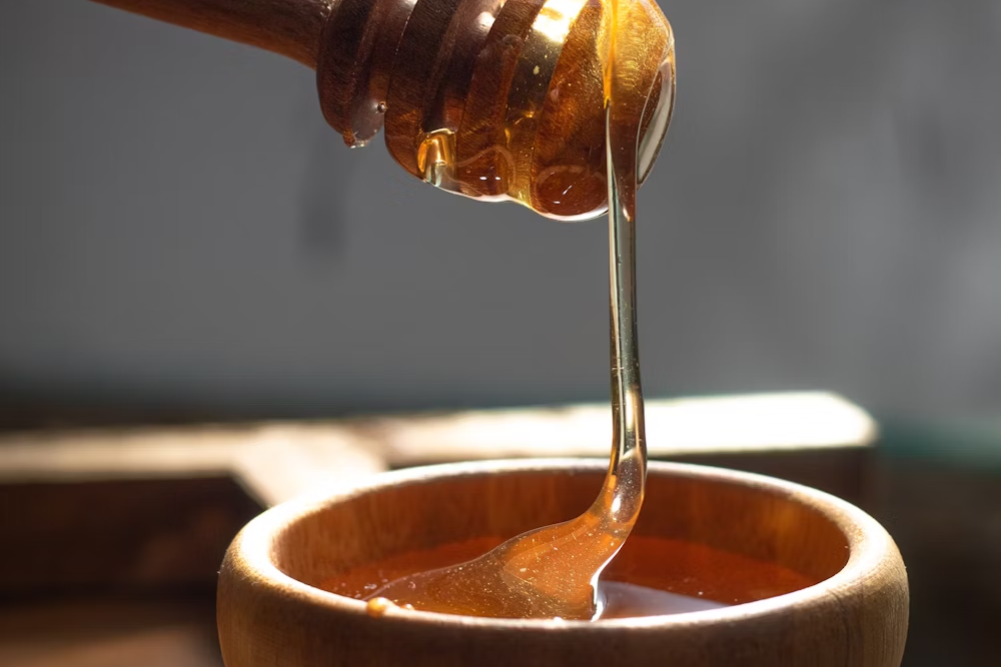Zinc, the wonder mineral
Zinc is a biologically essential beauty mineral that has been used as a therapeutic agent in dermatological conditions for centuries. The skin is the third most zinc-abundant tissue in the body, so making sure you’re including this micronutrient in your diet is key to ensuring optimal skin integrity.
Zinc is an “essential trace element” because very small amounts of this micronutrient are necessary for human health. When it comes to skin, zinc is one of the most important micronutrients for correct functioning and integrity. Zinc has a long history of medicinal use both topically and internally due to its powerful anti-inflammatory, antioxidant, wound healing and photo-protective properties. These actions have made zinc a valuable healing agent for many dermatological conditions including abrasions, rashes, wounds, infections such as warts and leishmaniasis, inflammatory dermatoses including acne vulgaris and rosacea, dermatitis, pigmentary disorders such as melasma, UV-induced damage and neoplasms including basal cell carcinomas.
In addition to zinc’s skin-healing properties, the mineral is an important cofactor for more than 300 different enzymes and proteins involved in the defence against oxidative stress and plays a crucial role in maintaining proper reproductive function, immune status and the regulation of DNA and gene expression.
Signs of zinc deficiency
Unfortunately, zinc deficiency is a common problem, with an estimated one third of the world’s population experiencing a deficiency due to inadequate levels in one’s diet or poor absorption due to a compromised digestive system. The skin alone contains about 6 per cent of the body’s total zinc, so if you’re deficient you may notice symptoms such as poor wound healing, worsening of inflammatory skin conditions such as acne, psoriasis, eczema and rosacea or cracked, white spotty nails.
How much zinc should you be having each day?
The human body does not naturally produce or store zinc, so it must be consumed regularly as part of your diet. The recommended daily intake of zinc for an average adult male is 11mg per day and 8mg per day for women.
There are certain times of life and conditions that may require a higher intake of zinc including:
- Pregnancy, which can cause zinc deficiency due to the high requirement for developing foetuses.
- Breastfeeding as breast milk contains zinc to nourish the baby, leaving less for the mother to utilise herself.
- Breastfed infants over six months old as breast milk does not contain enough zinc for an infant over six months.
- Digestive disorders such as ulcerative colitis or Crohn’s disease, which decrease the amount of zinc the body absorbs and the amount lost through urination.
- Vegetarians or vegans as vegetarian foods contain less zinc compared to animal sources.
- Excess alcohol consumption as this decreases the amount of zinc the body absorbs and increases the amount lost in urination.
- Elderly people who may not obtain enough due to eating less or are taking medications that interact with absorption.
Zinc-rich foods
To maintain adequate levels be sure to include a number of these zinc-rich foods in your diet:
- Beef
- Oysters
- Sunflower and pumpkin seeds
- Liver
- Egg yolks
- Seafood
- Capsicum
- Brewer’s yeast
- Ginger
- Herrings
- Lamb
- Wholegrains
If you are deficient in zinc, it is a good idea to include a good-quality supplement in addition to enjoying zinc-rich foods in your diet. I recommend taking 30mg a day for one month.
RECIPE: Power Bars
Preparation time: 10 mins Freeze time: 1 hour
- 1 cup organic rolled oats
- ½ cup mixed nuts such as walnuts, almonds, cashews
- ½ cup goji berries
- ¼ cup buckinis
- ¼ cup pepitas
- ¼ cup sunflower seeds
- ¼ cup desiccated coconut
- 1 tbsp flaxseed
- 1 tbsp chia seeds
- 1 tbsp molasses, honey or maple syrup
- ¼ cup melted
- coconut oil
- Splash of coconut milk, enough so the mixture sticks together but is not too wet
- Chop the nuts up into smaller pieces.
- Add all dry ingredients in a bowl and mix together.
- Add coconut oil, sweetener of choice and a splash of milk, and mix until combined.
- If the mixture is too dry, add another splash of milk until it is well combined and sticky (you don’t want it too wet or too dry).
- Line a tin with baking paper and evenly spread the mixture in the tin.
- Place in the freezer for an hour, or until it is hard, and then chop it up and store in a container in the fridge for a week, or in the freezer for up to three months.
Ema Taylor is a naturopath, clinical nutritionist and certified fertility awareness educator. For more, visit emataylor.com or @emataylornaturopathy on Instagram.








